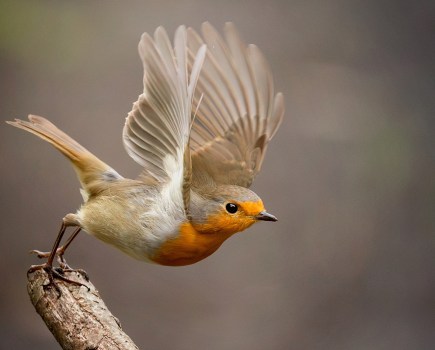In the digital era I’ve had Hasselblad and Phase One medium format kit along with DSLRs from Canon and Nikon, but it was about four years ago that I got a Fujifilm X100. I saw it at Photokina in this glass cabinet and it was so beautiful and so retro. I could tell straight away that it was going to be a machine that was lovely to use. I didn’t need it, I desired it and decided to buy it. I kept bringing it out at shoots and it just transformed the way I worked. It felt totally natural, while the fixed lens meant I didn’t have any decision-making to make.
https://link.brightcove.com/services/player/?bctid=4416620785001
I then added the X-Pro1 with 18mm, 35mm and 60mm lenses. Its first proper outing was my road trip covering the full length of Route 66. My finance director (Julie, my wife) wouldn’t let me put the X-Pro1 camera purchase through the business as it was not an absolutely necessary expense, saying “You have a perfectly good Canon camera kit already” so I paid for the Fujifilm X-Pro1 kit out of my own savings. It felt even more special for that.
The X-Pro1 was a joy to use and the images it gave me matched my Canon EOS 5D MkII for quality. I never picked up the Canon again and I eventually sold it once I had bought the 14mm f/2.8 prime to replace my Zeiss 21mm on the Canon system. I’m now using the Fujifilm X-T1 for all my day to day shooting. There’s lots to love about it but the flip-out screen on it is perfect for me. I like to shoot from the hip, and use it like a waist-level viewfinder. It allows me to communicate with my subject without having this great big block in front of my face.
All the Fujifilm XF lenses are amazingly sharp wide open and that’s where I like to use them most of the time. The XF 35mm lens is rapidly gaining legendary status. It’s great at f/1.4 for intimate portraits with a wonderfully controlled bokeh.
The Fujifilm advantage is that the system is small, offers super image quality and above all else is a joy to use. The fun I get from photography has a lot to do with the kit I’m using and I’ve never felt more creative than I do right now. I’ve said goodbye to DSLRs for good.
For further information, and special offers and competitions visit transport.kelsey.host/amateurphotographer/fujifilm-x

Image by Damien Lovegrove
Damien’s top portrait tips
Make a connection: Connect with the person you’re photographing. Put the camera aside, have a cup of tea, have a cup of coffee, have a laugh with them. Really get to know them and then bring the camera into the frame.
Perspective: The perspective in a portrait isn’t related to what lens you’ve got on the front of the camera. A wide-angle is going to be the same as a telephoto in delivering perspective, but what matters is you relative to your subject. If you use a long telephoto lens, you’ll find to get a mid-shot you’ll have to shoot from quite a long way back. It’s flattering, but you don’t get that connection, that intimacy. You need to work at just beyond arms length to get something really really beautiful. I’m working with the 60mm, 35mm and 23mm and only go to the 56mm if I want something a little bit tighter.
Plan your style: Decide on the look you are aiming to achieve from the outset, such as high-key, rim lit or moody. Once you know what you hope to achieve from the shoot and have a clear idea of the look you’re after, it makes the rest of the process that much easier.
Review: Review each shot using the camera’s screen. Does the picture have the look you want? Is the contrast right? What could make the shot better? Zoom in and check the detail. Is there enough shadow information? Is the shot sharp? Are the highlights clipped? Get it right in-camera.
These shots were taken by Damien during his workshop at the Fujifilm X-perience day at the AP offices. Attendees had the chance to shoot with a host of Fujifilm kit under the expert guidance of Damien and fellow X-Photographers Paul Sanders and Matt Hart. If you’d like to attend future events, please email [email protected]










